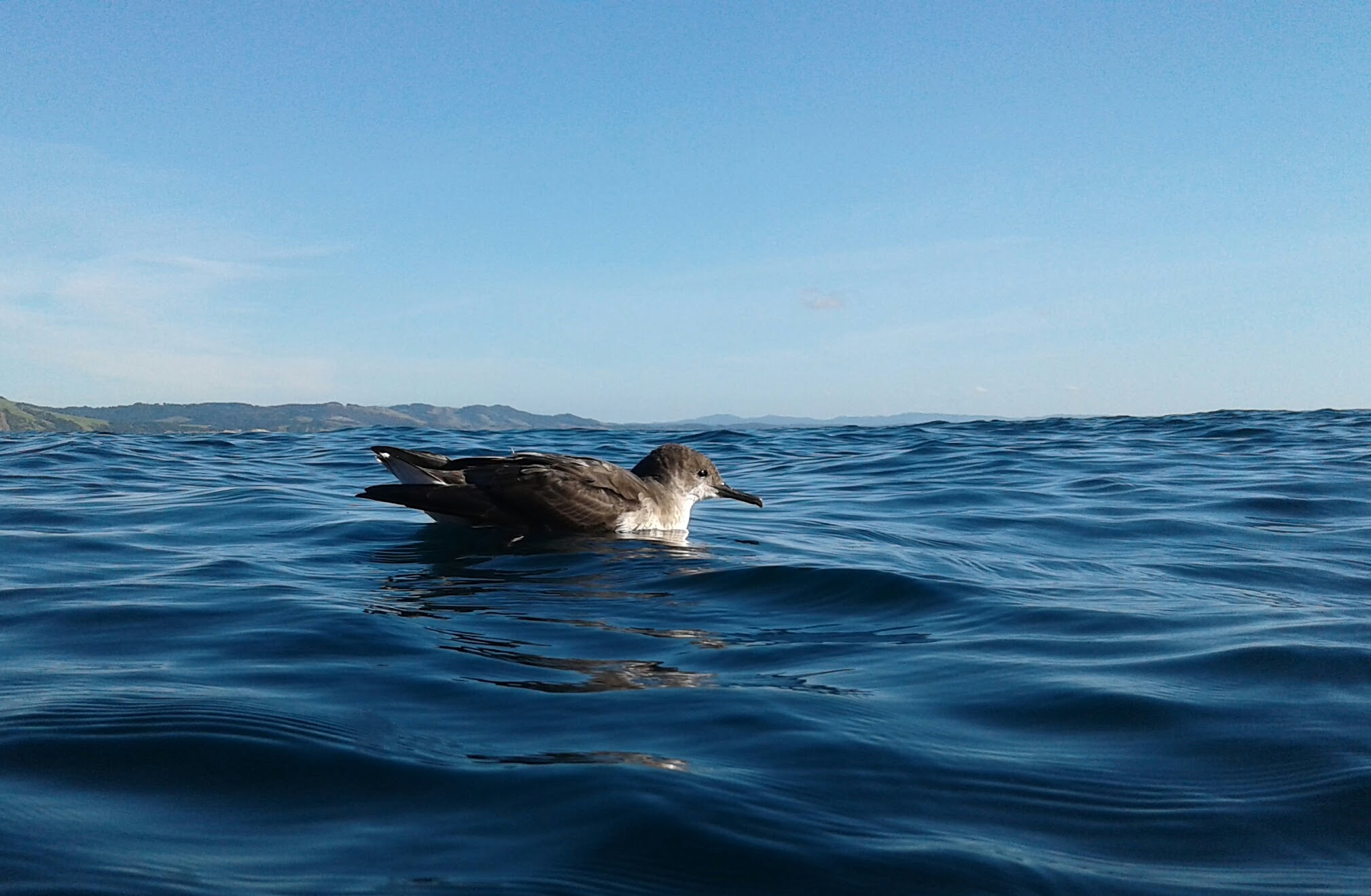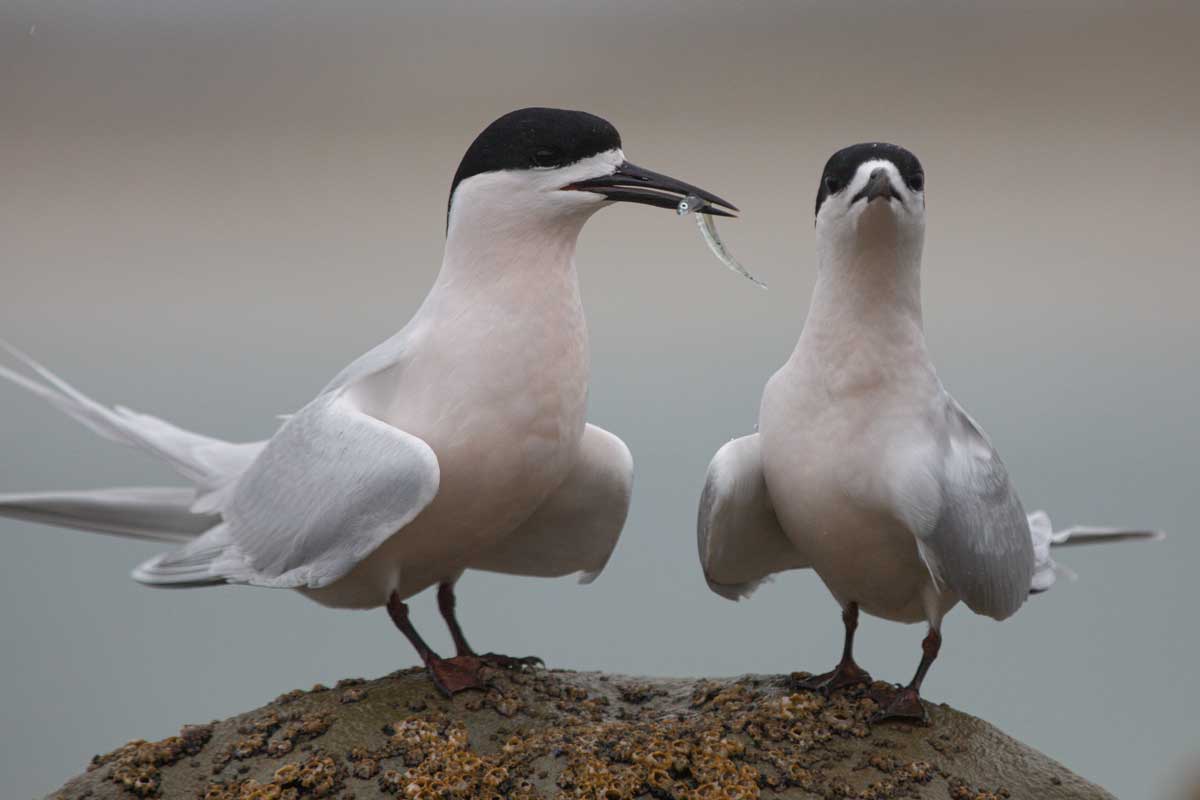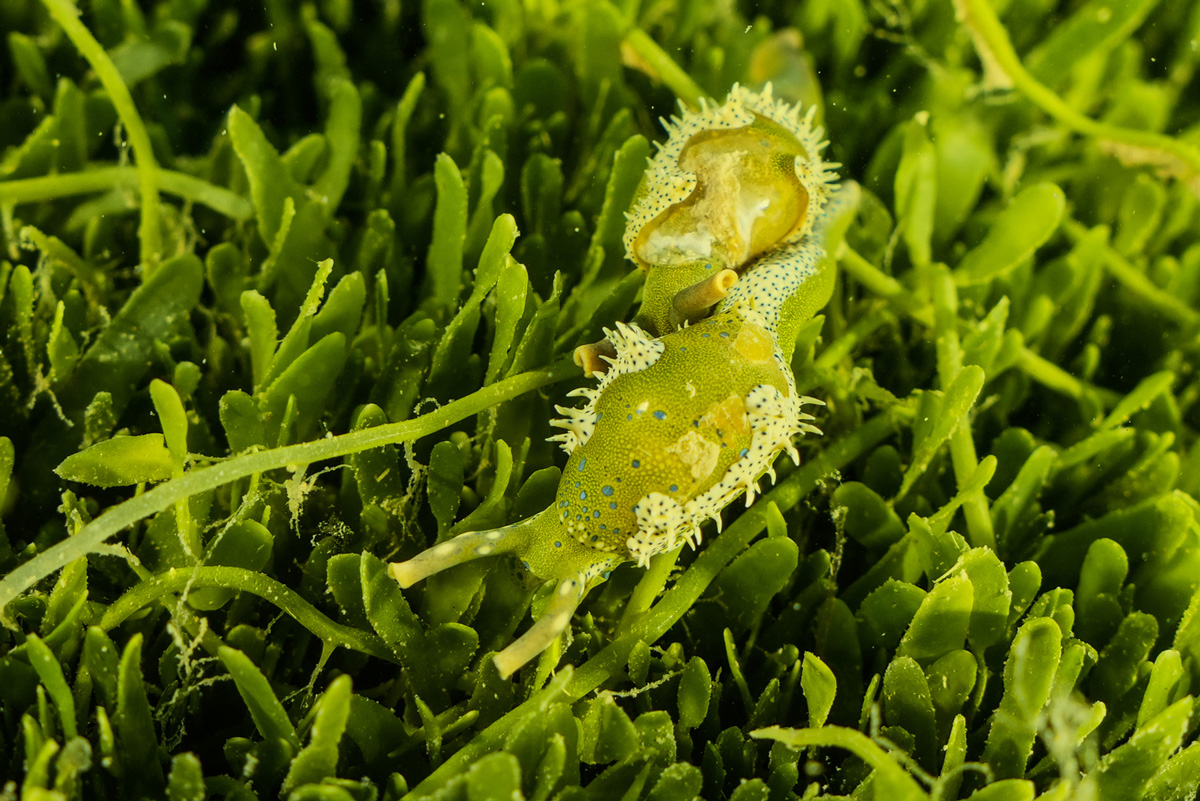Some seabird species travel huge distances, over large expanses of ocean, but rely on the Islands of the Hauraki Gulf, Tīkapa Moana Te Moananui-ā-Toi, to breed and raise young. Amongst the many native New Zealand species which are threatened by a myriad of pressures, protecting natives from introduced predators is something we can all pitch in to help with. Thanks to the hard work of many, a number of native seabird species have inspiring comeback stories and a number of our island ecosystems of the Gulf are recovering.
Seabirds are an integral part of the Hauraki Gulf Islands ecosystems; graceful on the ocean, seemingly clumsy on land, their importance should not be underestimated. You can find 27 seabird species breeding on the islands of the wider Hauraki Gulf. Many expertly construct physical linkages between the land and sea through their role as ecosystem engineers. Through the physical disturbance of digging burrows for raising chicks, and from deposits of nutrients, the benefits of seabirds are numerous. Whilst ashore to breed they are adding nitrogen to the soil, lowering the pH and fertilizing the plants and trees with their guano.
Their presence has flow on effects to other island organisms and the surrounding marine ecosystem. Through comparisons of the complexity of food webs on islands with and without seabirds, it’s apparent that islands with seabirds have more complex food webs than non-seabird islands. The negative correlation between the presence of introduced, non native predators and populations of native birds, reptiles, invertebrates and plants is non-debatable. Following the arrival of settlers, a decline in the population of all native birds (in addition to many other organisms) was driven by introduced predators. Introduced species such as rats, mustelids, possums, and cats prey on the eggs and chicks of native birds, lizards and weta.
Significant progress for seabirds and other native wildlife
Thankfully, today 46 out of 50 islands in the Hauraki Gulf are now predator free due to a joint initiative between DOC and Auckland Council which requires the ongoing work of many dedicated individuals. However, it wasn’t until the 1960s that eradication became a serious conservation goal for kiwis. Kawau, Waiheke, Ponui, and Great Barrier/Aotea Island are yet to be predator free, but lots of work is currently happening at these four Gulf Islands. Over the past few decades, government agencies alongside teams of volunteers and dedicated individuals have worked tirelessly to eradicate introduced predators, create pest free island reserves and protect nesting sites creating a network of sanctuaries for native flora and fauna.
Leading the way in predator removal success stories was Maria Island/Ruapuke, one of the very small islands in the Noises group. In 1959 the island was home to a rapidly declining population of white-faced storm petrels following an invasion by rats. Through the use of rat bait, Maria Island became one of the first islands in the world to successfully be declared rat-free in 1964. This marked the first successful eradication of an introduced predator in NZ and paved the way for further action, inspiring many others. Prior to this, some did not think it was possible to eradicate introduced pest species, so not a lot of resources were allocated to predator control. After the mid 1960s scientists had enough evidence to confidently determine that predation was the primary factor leading to the extinction of several native species and that action needed to be taken to preserve New Zealand’s rich biodiversity.
Overview of our ‘Treasure Islands’
Motutapu and Rangitoto Island, declared pest-free wildlife sanctuaries in 2011 marked a massive conservation achievement which established New Zealand’s second largest pest-free sanctuary- more than 3800 hectares! Furthermore, recently it was announced that this pair of islands is predator free again– after two years of battling an incursion of stoats. This is great news for the little blue penguin (kororā) and other seabirds species which may not have recolonised on these islands yet. The most recent island to be declared predator free is Rakitū Island, a 330 hectare island, which neighbors Aotea – part of a ‘seabird highway’, a chain of pest-free islands that stretches from the Poor Knights Islands to the Mercury Islands. A wide range of species could benefit from Rakitū Island’s new a predator-free status, including, but not limited to those which already breed in the wider Hauraki Gulf region; fluttering shearwater, little shearwater, Cook’s petrel, black-winged petrel, common diving petrel, white-faced storm-petrel and fairy prion. However, the presence of weka, another NZ endemic, may hinder the introduction of seabirds.
Predator eradication efforts spread throughout the Hauraki Gulf, to Little Barrier/Hauturu-o-Toi, which was declared predator free in 2006 and is under a high degree of protection (landing by permit only). The survival of the New Zealand storm petrel, once thought to be extinct until its rediscovery in 2003, and then found breeding on Hauturu in 2013, can almost definitely be attributed to the fact that predator control was in progress, enabling some to survive on the island undetected, despite the presence of predators. Another sanctuary, Tiritiri Matangi, was established as predator free in 1993 and is one of the oldest island sanctuaries in New Zealand. Tiritiri Matangi contrasts with Little Barrier particularly in topography and accessibility; Tiritiri is visitor friendly, close to the mainland and very accessible to members of the public by ferry or personal vessels. Tiritiri is an incredible place for people to experience the beauty and potential for predator-free, regenerated island ecosystems.

Help out seabirds through educating others & taking action in your backyard
Examples of negative human impacts on seabirds are numerous and solutions require careful thought, execution and compromise. Thanks to Northern New Zealand Seabird Trust (NNZST) for the most up to date information about the state of our seabirds. As a follow up to the Threats to Seabirds Report, some awesome resources were created with support from Hauraki Gulf Forum and Gulf Innovation Fund Together (GIFT). You can download the billingual series of educational posters in Te Reo Māori and English. There are eight posters in the series which explain the lives of our amazing seabirds and the many threats they face, communicated beautifully through words by Edin Whitehead and detailed illustration by Giselle Clarkson.
To help protect seabirds and other native wildlife it’s important to learn about them, share with others what you’ve learned, and participate in predator control in your own backyard. There’s lots of people working together to rid their local area of pests and every bit helps. Think about the Hauraki Gulf as our ‘blue backyard’, the more we can do to protect our most vulnerable species, the better for all native wildlife- and for us!






